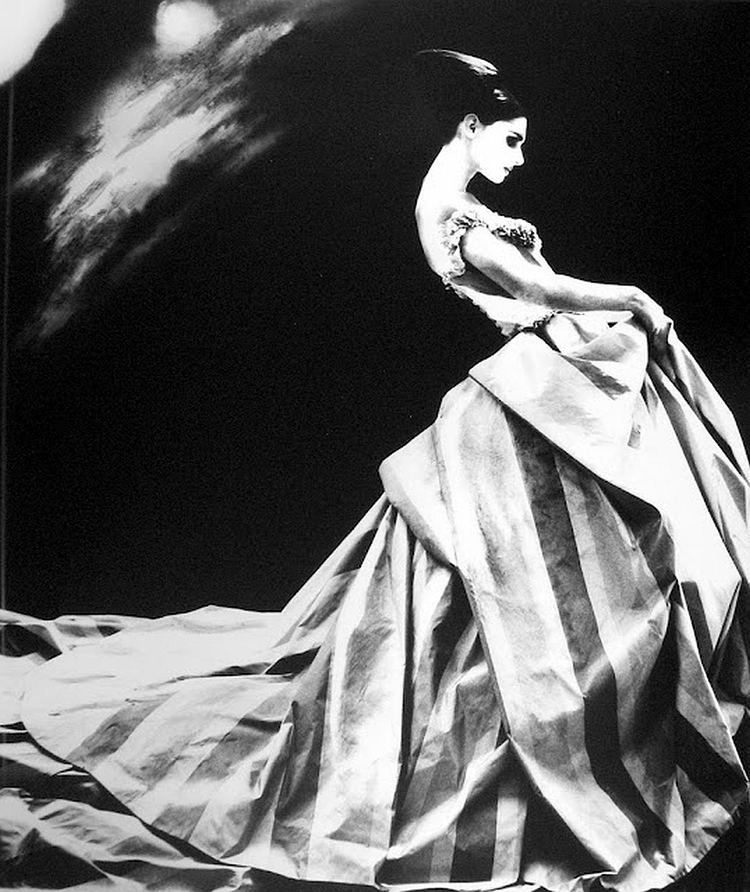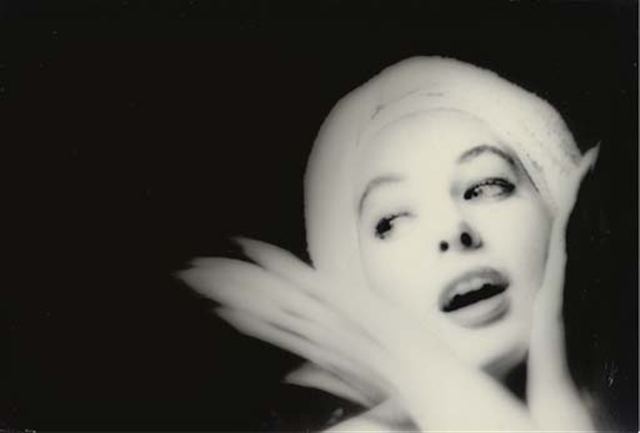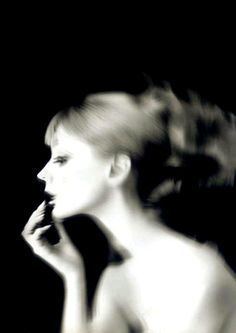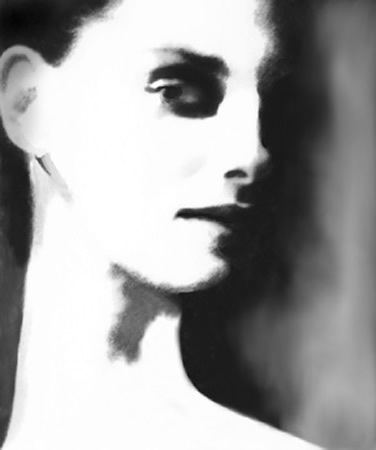Name Lillian Bassman Role Photographer | Books Lillian Bassman | |
 | ||
Education Bayard Rustin Educational Complex, Pratt Institute Similar People Paul Himmel, Diana Vreeland, Paul Cantelon | ||
Lillian bassman american photographer sweet blossom jazz
Lillian Bassman (June 15, 1917 – February 13, 2012) was an American photographer and painter.
Contents
- Lillian bassman american photographer sweet blossom jazz
- Lillian Bassman
- Early life and background
- Career
- Personal life
- Exhibitions selection
- Reviews
- References

Lillian Bassman
Early life and background

Her parents were Jewish intellectuals who emigrated to the United States from Ukraine (then in Russia) in 1905 and settled in Brooklyn, New York. She grew up in Brooklyn and Greenwich Village, New York, and studied at the Textile High School in Manhattan with Alexey Brodovitch and graduated in 1933.
Career

From the 1940s until the 1960s Bassman worked as a fashion photographer for Junior Bazaar and later at Harper's Bazaar where she promoted the careers of photographers such as Richard Avedon, Robert Frank, Louis Faurer and Arnold Newman. Under the guidance of the Russian emigrant, Alexey Brodovitch, she began to photograph her model subjects primarily in black and white. Her work was published for the most part in Harper’s Bazaar from 1950 to 1965.

By the 1970s Bassman’s interest in pure form in her fashion photography was out of vogue. She turned to her own photo projects and abandoned fashion photography. In doing so she tossed out 40 years of negatives and prints - her life’s work. A forgotten bag filled with hundreds of images was discovered over 20 years later. Bassman’s fashion photographic work began to be re-appreciated in the 1990s.
She worked with digital technology and abstract color photography into her 90s to create a new series of work. She used Photoshop for her image manipulation.
The most notable qualities about her photographic work are the high contrasts between light and dark, the graininess of the finished photos, and the geometric placement and camera angles of the subjects. Bassman became one of the last great woman photographers in the world of fashion.
Bassman died on February 13, 2012, at age 94.
Personal life
She first met her future husband, photographer Paul Himmel (born 1914), at Coney Island at age six. They met again at 13, and started living together when she was 15. They were married in 1935, and had two children. Himmel died in 2009 after 73 years of marriage.
Exhibitions (selection)
Reviews
In the early 1970s Lillian Bassman, among the most important fashion photographers of the 20th century, made the decision to dispose of her career, quite literally. Artists do this all the time without the intent — giving themselves over to excess, retreating to ashrams — but Ms. Bassman’s approach was aggressive and determined. Disillusioned by the costuming of the late 1960s, she had enough of fashion. She expressed her disdain by destroying decades worth of negatives and placing others in a trash bag in the coal room of her Upper East Side carriage house. Her era of furtive eroticism was over and there was no point in scrapbooking it.
